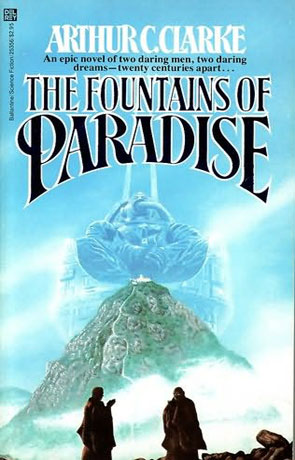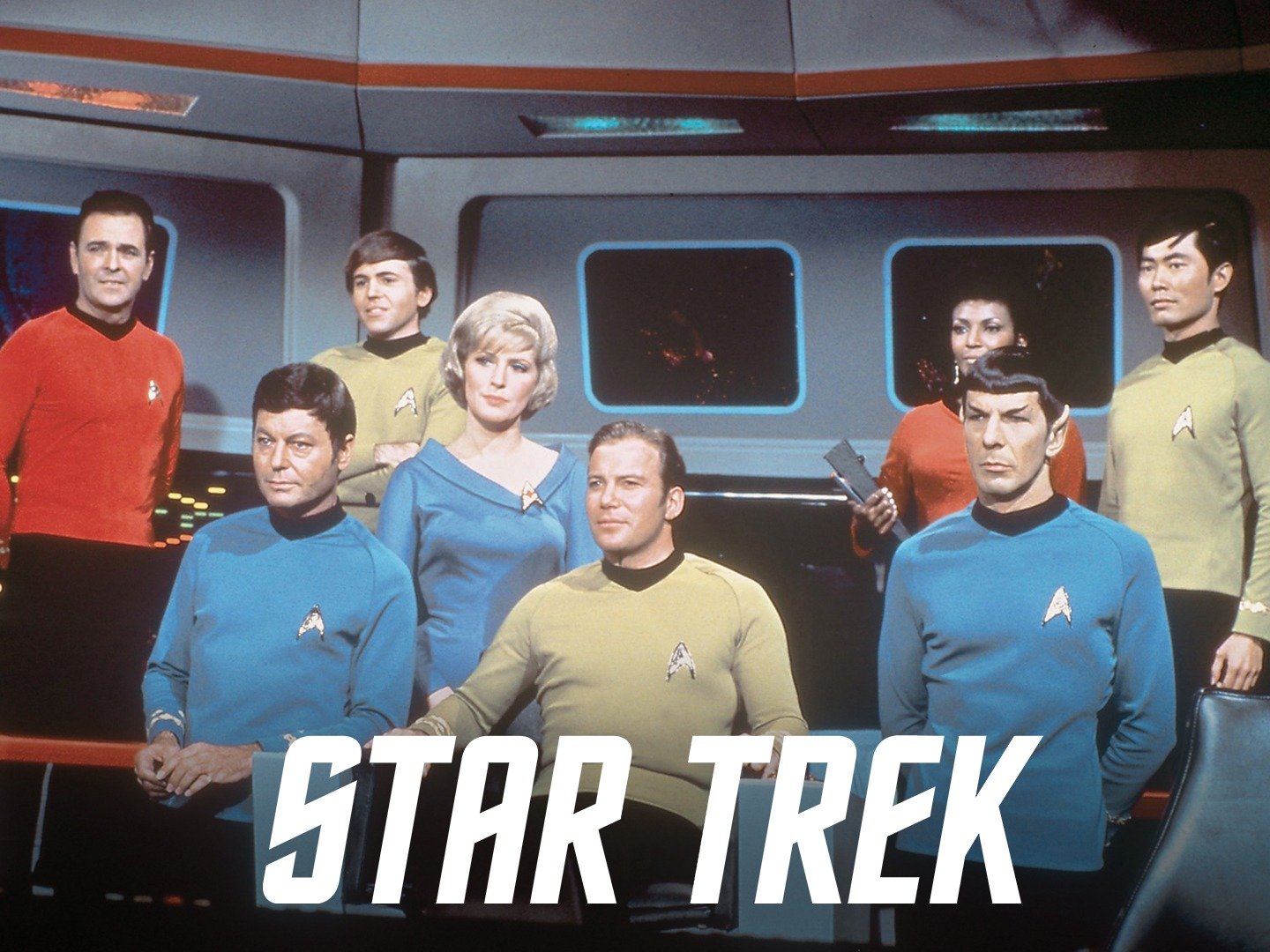Week 9: Space + Art
Although outer space and art are widely different aspects of the human experience, they both have the same goal – to better understand the human experience. Artists challenge the boundaries of what is possible, especially through works and pieces of science fiction. Artists "…have continued to be instrumental catalysts in our quest to conquer the unknown, because they imagine the future before it happens – as the saying goes, life imitates art," (Maldonado).
Ideas such as a "space elevator", a structure made of carbon nanotubes that stretch from earth to space as introduced in the 1976 science fiction novel The Fountains of Paradise by Arthur C. Clarke, envision concepts that have yet to be imagined or implemented (Vesna). An even earlier such example appears in the 1865 science fiction novel From Earth to the Moon, which proposes a projectile launch to the moon using a giant cannon, exploring the technical, logistical, and political challenges of the mission (Verne). Such ideas are the creativity and fuel behind science's practicality and implementation.
Not only have artists and creators lent their creative ideas to space exploration through writing, but they have also expanded forward into TV shows. Many TV shows exist today that are set in a science fiction - based world in outer space and imagine what life could look like for humans in the future. However, such shows have existed for more than half a century now – Star Trek, the Jetsons, and Lost in Space, to name a few (Vesna).
Due to the role art plays in society by helping individuals understand unique experiences and information on a personal level, it is used a great deal to communicate space exploration findings to the general public. In the future, "as human civilization is extended beyond the planet, its culture will be altered by the environment. Since art and society are interdependent, art will play an important role in sensitizing human society to new environments in outer space,"("Art in Space").
Works Cited
Maldonado, Devon Van Houten. “The Artworks Floating above the Earth.” BBC Culture, 24 Feb. 2022, www.bbc.com/culture/article/20181214-the-artworks-floating-above-the-earth.
Vesna, Victoria. "Space+Art: Lectures Part 1". DESMA 9, University of California, Los Angeles.
Verne, Jules. “From the Earth to the Moon by Jules Verne.” PenguinRandomhouse.Com, www.penguinrandomhouse.com/books/183630/from-the-earth-to-the-moon-by-jules-verne/. Accessed 2 June 2023.
Vesna, Victoria. "Space+Art: Lectures Part 6". DESMA 9, University of California, Los Angeles.
Art in Space - JSTOR DAILY, daily.jstor.org/art-in-space/. Accessed 2 June 2023.
Images Cited
Zuckerman, Catherine. “Before We Explored Outer Space, We Tried to Paint It.” Science, 3 May 2021, www.nationalgeographic.com/science/article/before-we-explored-space-we-tried-to-paint-it-charles-bittinger.
Clarke, Arthur C. “SFBook.Com.” Book Review of The Fountains of Paradise by Arthur C Clarke, sfbook.com/the-fountains-of-paradise.htm. Accessed 2 June 2023.
Paur, Joey. “Rare Behind-the-Scenes Set Photos from the Original Star Trek Series.” GeekTyrant, 29 Mar. 2016, geektyrant.com/news/rare-behind-the-scenes-set-photo-from-the-original-star-trek-series.



Hi Diya,
ReplyDeletePersonally, I have always found science fiction very interesting and one of my favorite genres to read. I think science fiction is one of the main ways in which we are able to advance the social view and opinion on the advancing technology dealing with space. Like you mentioned, science fiction is a great way to desensitize people to new discoveries and technologies being worked on to connect us more to outer space. The media and television are also a great way of doing this. Some of the shows you mentioned like star trek, star Wars, E.T., etc have been such a big part in society and in entertainment which shows the power and potential this type of exposure has. Thank you for your post. -Marlene